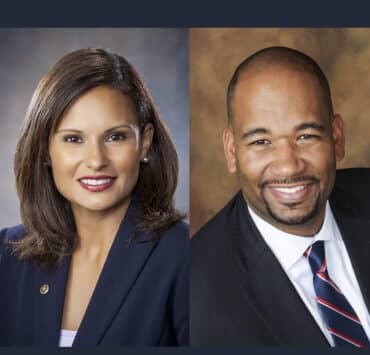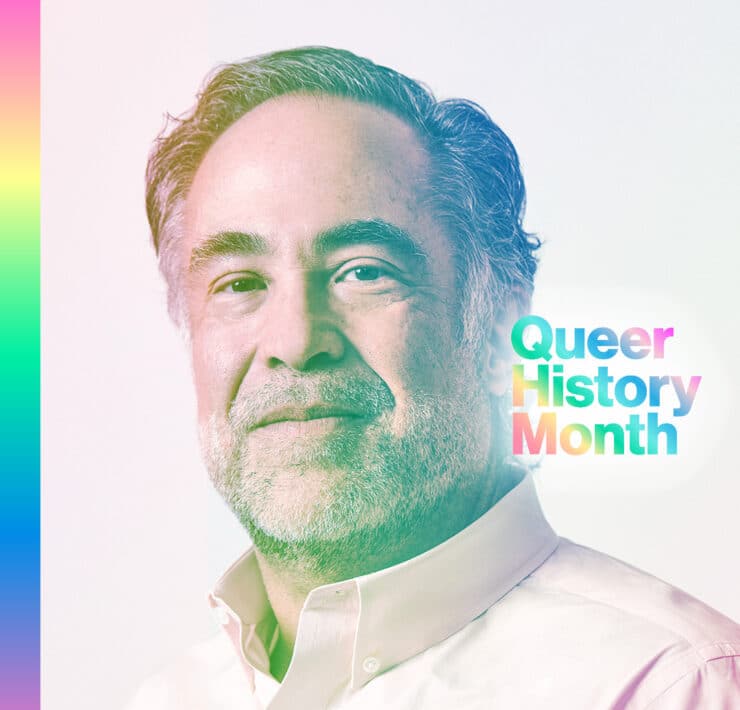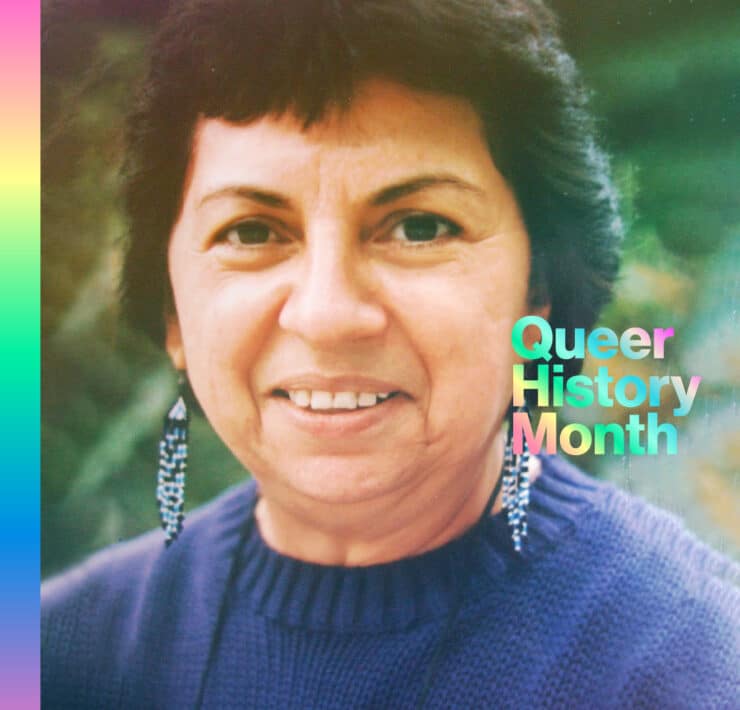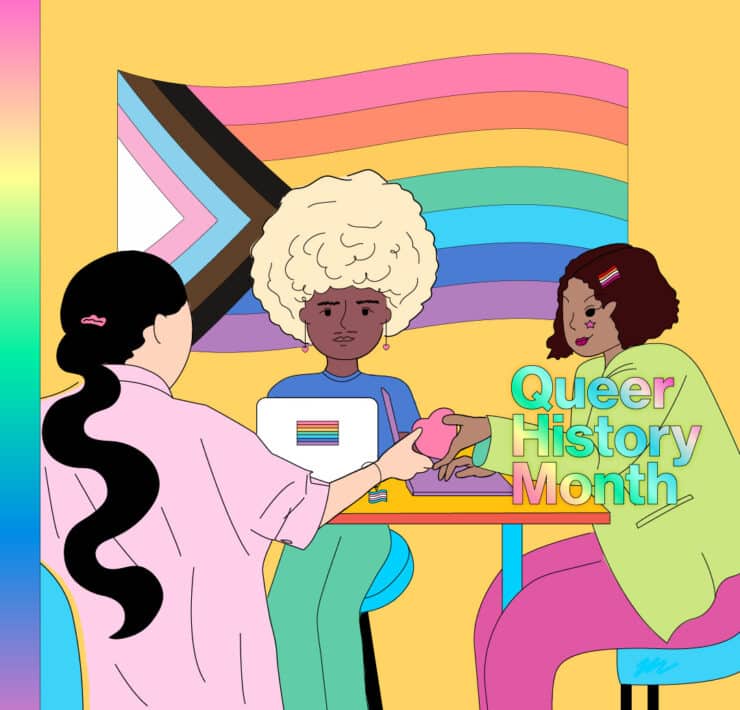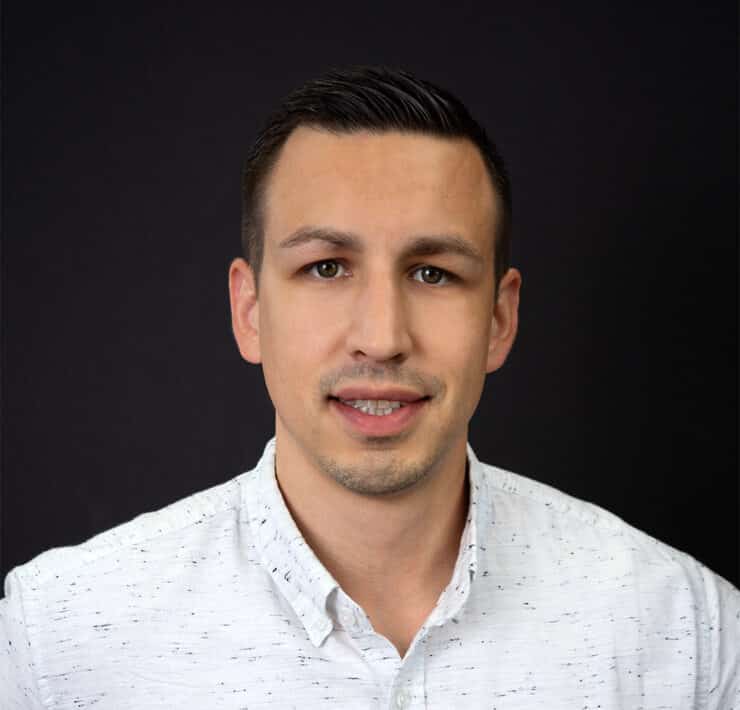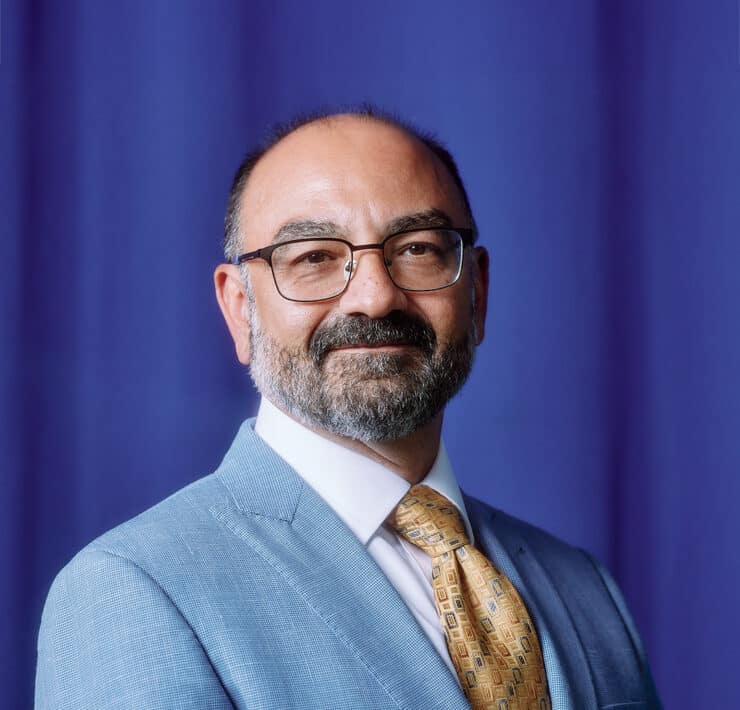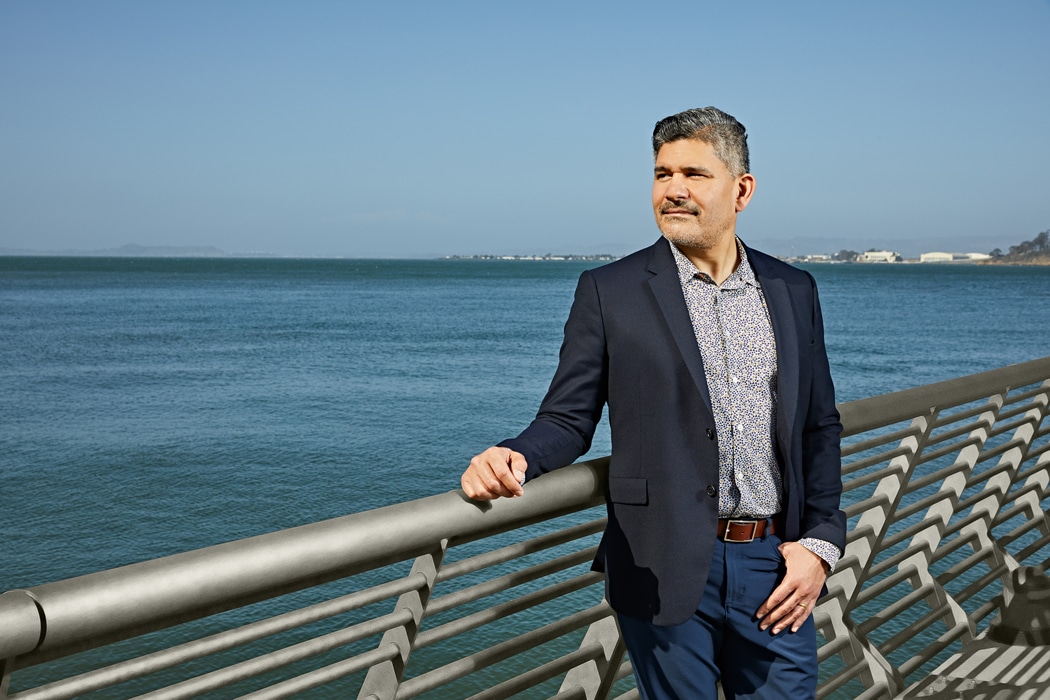
|
Getting your Trinity Audio player ready...
|
Picture a future in which firefighters use augmented reality helmets to locate trapped victims, drones deliver vaccines to rural populations, and traffic signals change based on how many autonomous cars are approaching. That future all depends on providers who can develop and deploy the 5G broadband cellular networks that will power these innovations.
Self-driving cars alone would produce up to thirty terabytes of daily data. That massive sum equals the output of three thousand average users; it would overwhelm the current infrastructure and slow even the most sophisticated system. Yet industry insiders say automakers will put 125 million connected cars on the road by 2022, meaning that high-latency cell networks could result in road hazards, congestion, and collision.
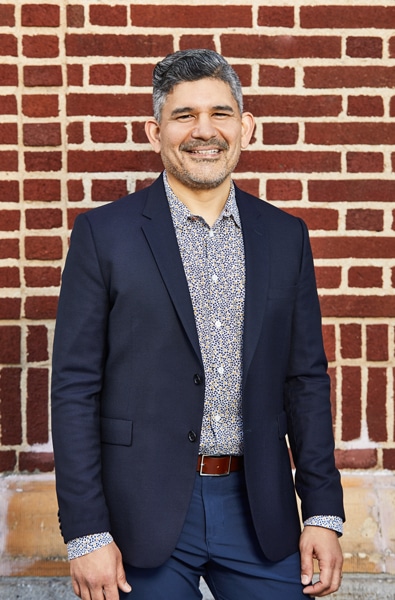
Rudy Reyes has been with Verizon for nearly two decades: he has been leading the charge to bring 5G to cities, first responders, small business, and consumers since 2015, and now serves as vice president and associate general counsel for public policy and legal affairs in the West Region. “We are working with communities and partners to build the digital future,” he says, “and our goal is to make sure that nobody is left behind.”
When Hispanic Executive last spoke to Reyes in 2018, he was working behind the scenes to launch 5G Home internet service in Sacramento. It was a big endeavor. Unlike 4G LTE networks, which use a few massive cell towers, 5G technology requires many small cells, antennae, and remote units on street lights and other structures owned by local governments.
Reyes and his team built strong partnerships in Sacramento, completed the 5G Home rollout, and later expanded deployment to other cities like Los Angeles, Indianapolis, and Houston. In 2019, Verizon introduced 5G mobile service in Chicago and Minneapolis. Today, 5G Ultra Wideband is in more than sixty cities nationwide. The Ultra Wideband network brings ultra-fast speeds, massive capacity, and near zero lag to multiple simultaneous users.
Deploying this technology required Verizon to solve what Reyes calls “the last mile problem.”
“The last mile of Verizon 5G Home is wireless, and that is a game-changer. We’re not digging up streets and driveways up to a customer’s premise, and that means more people can have affordable and reliable high-speed internet,” he explains. Now, customers who once relied on incumbent TV or cable companies for all telecommunications services have the power of choice.
The development also brings something else—equity. “We can deploy across cities and not just in downtown corridors or high-rent districts,” Reyes says. “We are deploying where the people are and where the density is.” San Francisco has 5G not just in its ritzy Union Square but also in the disadvantaged Tenderloin neighborhood. Atlantans have access in Buckhead as well as Ashview Heights and Vine City.
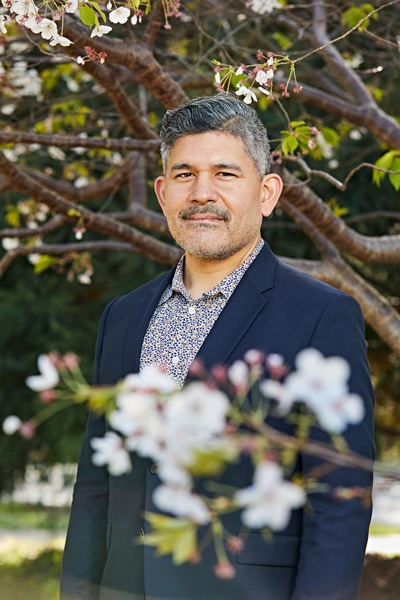
Now, Reyes is focused on expanding 5G’s footprint where it already exists, and expanding coverage to more cities. To do so, he’s collaborating with government officials, chambers of commerce, nonprofit organizations, advocacy groups, and leadership councils. A typical day is nearly impossible to describe. Reyes usually starts his morning discussing public policy, legal matters, and project management issues with his team. Then, he might testify before a government agency on digital equity, take a conference call with a regulator to get a transaction approved, discuss installation with a public works crew, answer constituent questions at a public hearing, take lunch with a mayor, or discuss educational opportunities with a local chapter of the Boys & Girls club.
Although Reyes is busier than he’s ever been, he’s also more content. “This has been the work of my life, and I’ve never been happier,” he says. “What we are doing together with these partners will impact schools, businesses, economies, and lives. I feel like I have a sense of purpose.”
That sense of purpose extends to Reyes’s team, which has grown from six to about twenty since 2018. Verizon, of course, has a business interest in a successful 5G rollout, but those working with Reyes know they are helping to build partnerships that will also improve communities.
As a self-identified “scholarship kid” who attended a boarding school before going to Harvard University, Reyes is committed to diversity and inclusion. “I want to extend the same opportunity I had to other people of color and those from less privileged backgrounds,” he says. “As we do this work, my team needs to reflect the communities we are in.”
To Reyes’s mind, a truly diverse team is one whose members have diverse professional backgrounds. Some in his role might have filled their team with lawyers and lobbyists. Reyes complemented his team of attorneys and government affairs professionals with marketers and engineers. Having those other disciplines on board, he explains, allows his team to bring a different level of credibility and authenticity as they discuss the challenges, solutions, and potential of 5G with enterprises and stakeholders that depend on connectivity.
And that need for connectivity is greater than ever. In many ways, the need for 5G became easier to explain in March 2020 when the COVID-19 pandemic forced businesses to work remotely and schools to shift to at-home learning. Any parent who has ever attempted a video conference while one child does remote learning and another watches Netflix understands the need for speed.
Reyes is excited about what Verizon 5G Home internet means for those consumers, but he calls the enterprise-level applications of the technology “mind blowing.” “We’re talking 360-degree virtual reality retail shopping, holograms, remote surgery, drone technology, next-level telehealth, autonomous fleet management—and other uses we haven’t even thought of yet.” he says. “The future is here.”


